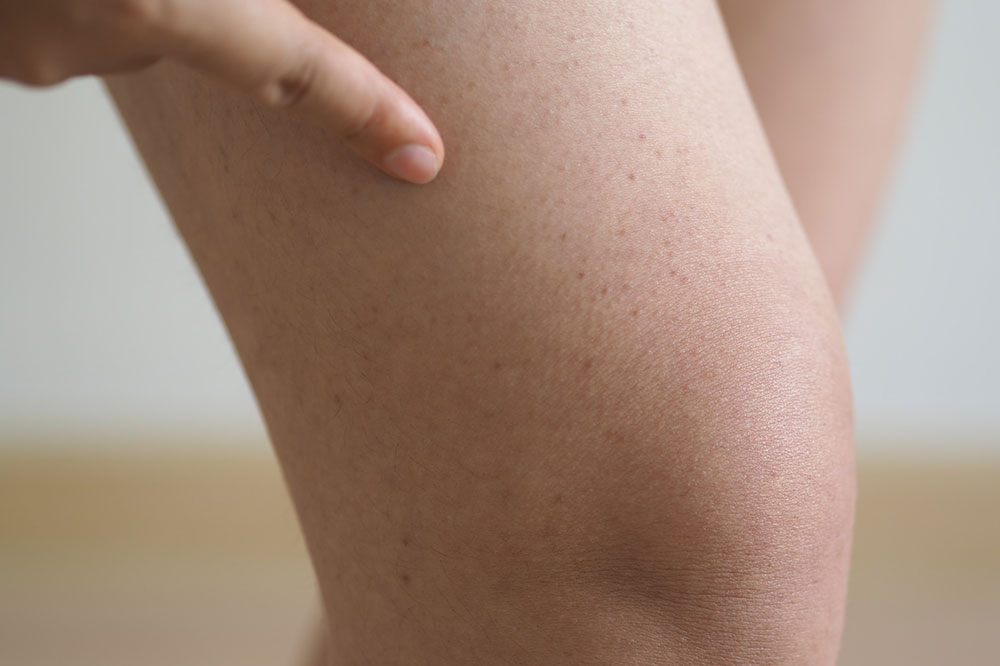Popular treatment options for hemophilia

Hemophilia is a severe medical condition in which the blood doesn’t clot as it normally should. The bleeding disorder is usually inherited and identified by painful symptoms such as excessive bleeding, joint pain, and deep bruises. After diagnosis, in which the doctor focuses on clotting-factors, a treatment plan is laid out and must be followed to avoid unnecessary complications. Read on to know more in detail.
How is hemophilia treated?
Different types of this condition are treated in different ways. The most common ones include:
Desmopressin
The medication is commonly used in the treatment of mild hemophilia A and von Willebrand disease. The vasopressin works by increasing the plasma concentration of factor VIII, which is one of the clotting factors in the blood and whose deficiency is the reason behind hemophilia A. Desmopressin dose varies from one patient to another and comes in the form of both injections and nasal sprays.
Nonacog alfa
Hemophilia B is the second form of the wider condition, wherein clotting factor IX is absent in the patient’s blood. Doctors treat the ailment by injecting a purified protein called nonacog alfa. The medicine approved by the US Food and Drug Administration (FDA) in 1997, temporarily corrects the deficiency, thereby reducing excessive bleeding.
Fresh frozen plasma
There are different ways to treat hemophilia C. Fresh frozen plasma is one of the most popular methods since one unit of this blood product contains all the coagulation factors. Factor XI deficiency is the defining cause of this form of ailment, and using fresh frozen plasma can help lower symptoms like prolonged bleeding. Hormone therapy is another useful treatment method for hemophilia.
Fibrin sealants
Fibrinogen and thrombin are the main components of this material. It is used as a hemostatic agent, and was first approved in the country in 1998. The substance promotes wound healing, which can be further supplemented by the addition of a few more enzymes.
Dietary and lifestyle changes
Eating right is important for hemophilia patients. Foods such as leafy greens and whole grains deliver good nutritional value and improve symptoms. Fried foods and high-fat condiments are on the opposite end of the spectrum and must be avoided. Additionally, regular exercise can help keep the muscles in check while improving joint health.
The treatment of hemophilia may differ from person to person. It is therefore important to consult your doctor before taking any medications or therapies.


